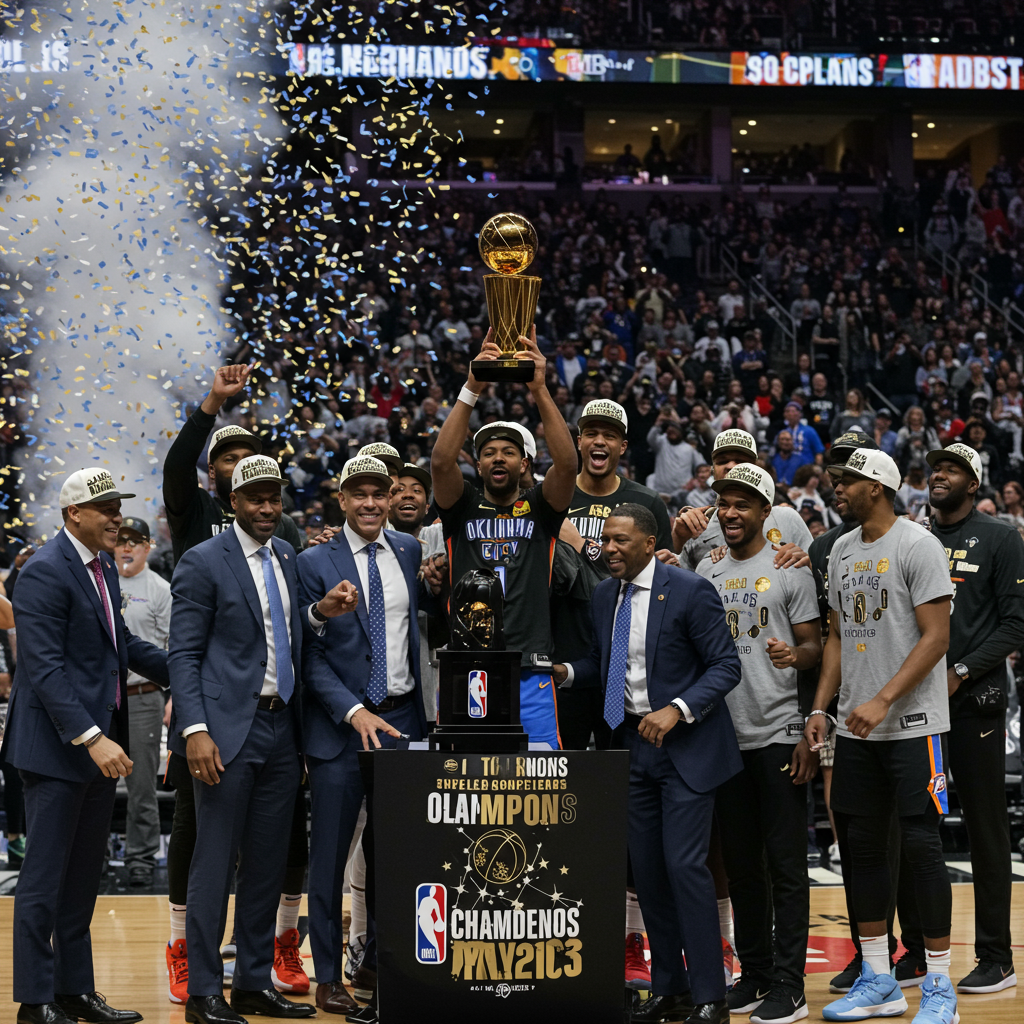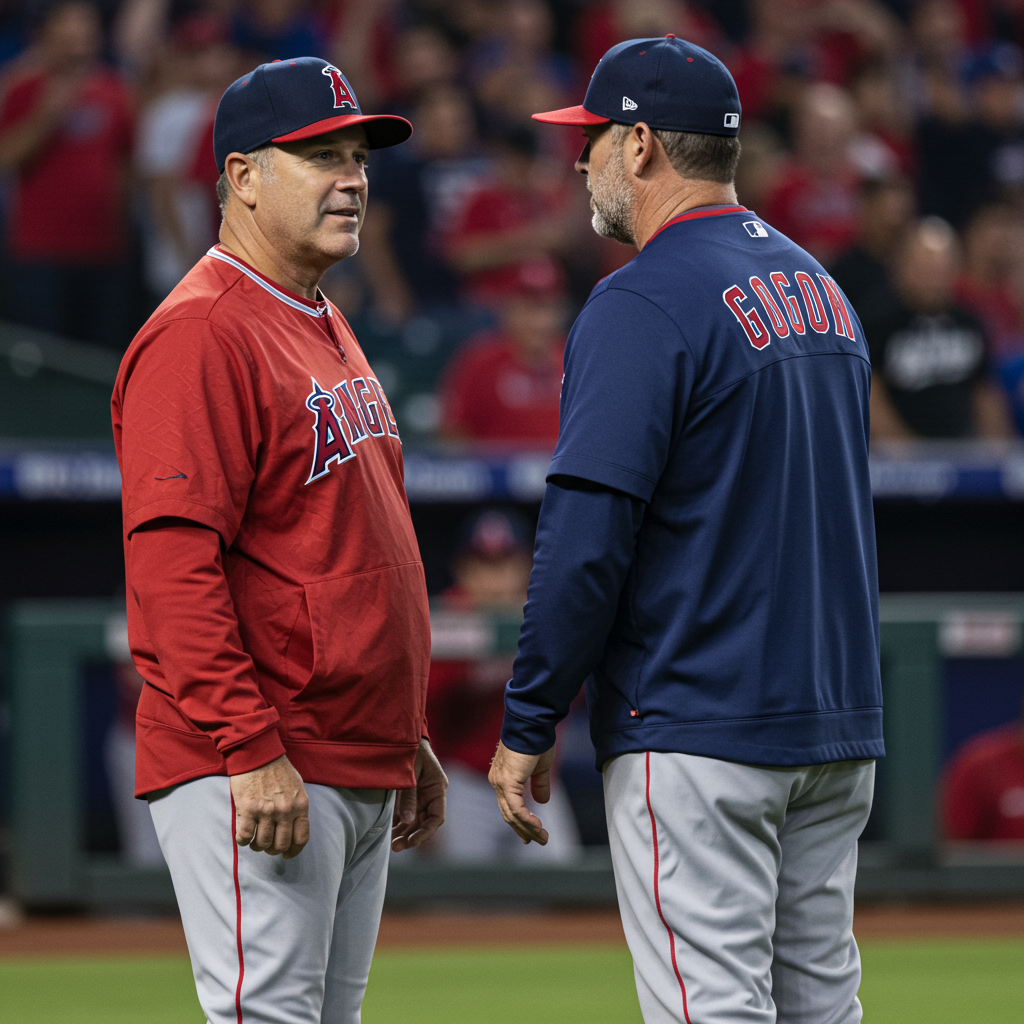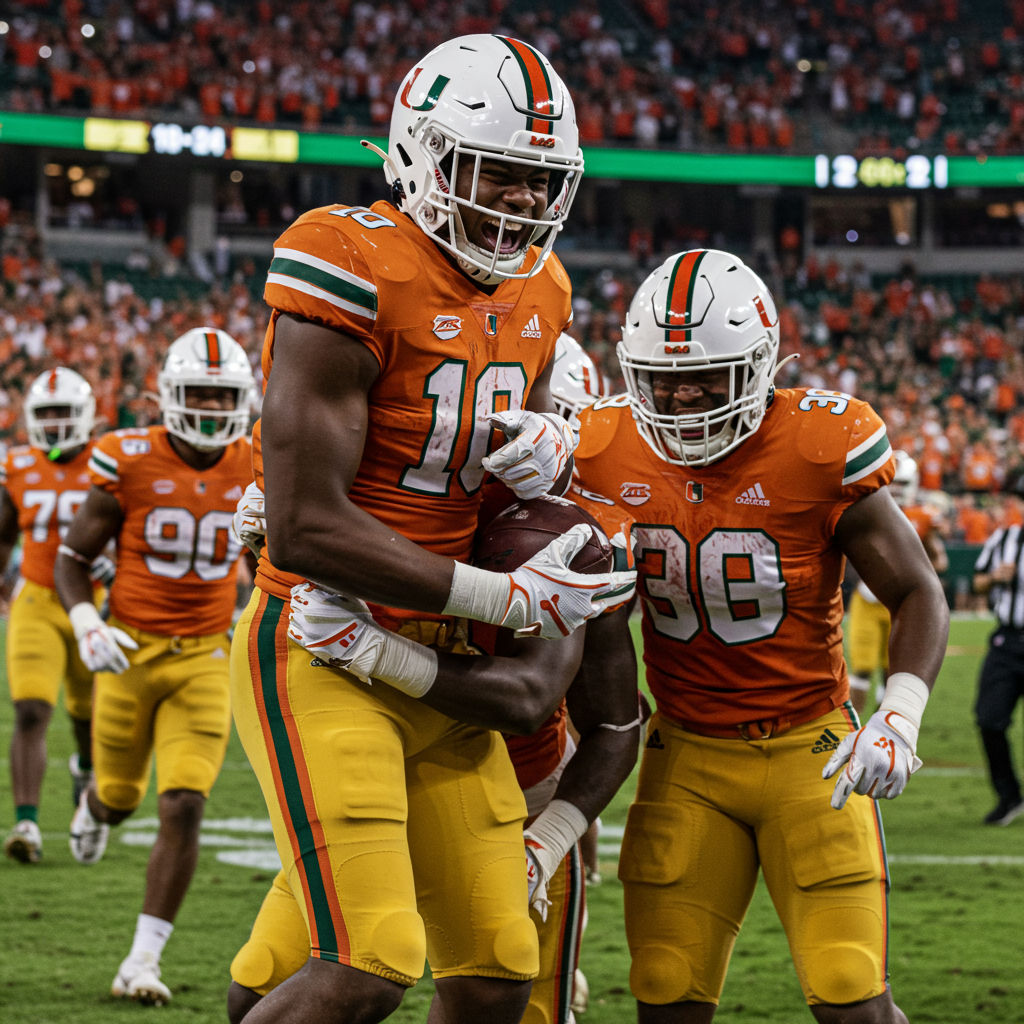OKC Thunder: Offseason Primer for the NBA’s Brightest Dynasty
The Oklahoma City Thunder didn’t just win the 2025 NBA Championship; they dominated the league en route to it. With a staggering 68 regular-season wins and a commanding lead over the competition, the Thunder proved they were the best team all along, culminating in the franchise’s first-ever title after navigating tough playoff series against the Denver Nuggets and the Indiana Pacers in an NBA Finals matchup seen by many as a clash of teams built around unorthodox, rising stars.
This championship run was the payoff for years of meticulous drafting and development, a process ignited by the foundational assets acquired in the 2019 Paul George trade. The team’s success wasn’t just about talent; it was about a deliberate strategy to build around their unique focal point, superstar Shai Gilgeous-Alexander (SGA). SGA’s steady, undeniable ascent was perfectly complemented by the emergence of Jalen Williams as a second All-Star and key additions like Isaiah Hartenstein and Alex Caruso. This core achieved a rare balance: elite scoring spearheaded by SGA (averaging 30+ points) and Williams (20+ points), coupled with the league’s best defense, featuring versatile defenders like Luguentz Dort, Aaron Wiggins, and Cason Wallace, anchored by the defensive presence of Chet Holmgren.
Now, as NBA champions, the Thunder enter the 2025 offseason in a unique position.
Navigating a Packed Roster and Financial Flexibility
Unlike many champions facing hefty tax bills or impending free agency crises, the Thunder boast remarkable financial control over their current lineup, thanks in large part to a roster heavy on rookie-scale contracts. They were able to stay below the luxury tax in their championship season – a rare feat.
For the 2025-26 season, their financial outlook remains favorable. They are projected to be approximately $15 million below the luxury tax threshold and $18 million below the first apron. This grants them access to the full Non-Taxpayer Mid-Level Exception (projected at $14.1M) and potentially the Bi-Annual Exception ($5.1M), creating a valuable window to add talent before their financial landscape shifts.
However, their primary challenge isn’t money; it’s roster spots. With nearly the entire team under contract for next season (aside from two-way players and team options on Ajay Mitchell and Jaylin Williams) and an almost comical stockpile of future draft picks, the Thunder have limited openings. This means improvement will most likely come via strategic trades leveraging their draft capital, rather than splashy free agent signings.
The Looming Financial Shift: 2026-27 and Beyond
While 2025-26 offers financial breathing room, a significant payroll pinch is anticipated in the 2026-27 season. This is when max or near-max extensions for their highly touted 2022 draft class – Chet Holmgren, Jalen Williams, Ousmane Dieng, Cason Wallace, and Nikola Topic – are expected to kick in. Factoring in the contracts of Hartenstein, Caruso, Joe, and Wiggins, the Thunder are virtually guaranteed to be well over the projected luxury tax threshold ($206.7M) once those deals begin.
This future financial commitment highlights a key difference from the Thunder of old, which infamously traded James Harden to avoid the tax. The current ownership group is expected to be willing to pay the tax for this team, recognizing the potential for a sustained championship window. While teams like the Golden State Warriors face immediate and punitive second apron issues due to aging stars and past spending, the Thunder are strategically positioned to absorb significant costs down the line for a young, proven core.
Key Extension Decisions on the Horizon
Several core players are eligible for contract extensions this offseason, presenting crucial decisions for the Thunder’s long-term salary structure.
Jalen Williams: His ascent has been meteoric. From a Rookie of the Year runner-up to a 22-5-5 player with a memorable 40-point NBA Finals performance, Williams embodies the versatile modern wing player. His combination of offensive production, shooting, driving, and multi-positional defense makes him a near-certain maximum salary extension candidate. The key question is whether he qualifies for the “Rose Rule” (by achieving two All-NBA selections, for example), which would allow his max deal to start at 30% of the cap instead of the standard 25%. While the 30% would be a higher cost, the standard 25% max is widely considered a steal for a player of his caliber and potential. The Thunder are expected to secure him long-term before he hits restricted free agency.
Chet Holmgren: Despite missing significant time early in his career due to injury, Holmgren’s unique skillset and defensive impact (averaging 2.2 blocks) make him a foundational piece. While his current production (15.0 PPG, 8.0 RPG, 2.2 BPG, 37.9% 3PT) might not strictly warrant a max based solely on output, extensions are forward-looking. The Thunder have long budgeted for Holmgren potentially receiving a maximum-value contract. The uncertainty stems from his injury history; waiting until restricted free agency after the 2025-26 season would give him another year to prove health and consistency, potentially leading to a discount if he doesn’t fully deliver, but also risking a bidding war. An extension now, likely for the max, remains probable given the team’s long-term planning.
Luguentz Dort: His five-year, $75 million deal, once debated, is now considered good value due to the rising salary cap. Dort’s defensive intensity and willingness to adapt offensively remain crucial to the team’s identity. Eligible for a veteran extension (starting at up to 140% of his final year salary), a new deal could add two more years at a price similar to his current $17.7 million, offering stability for both player and team ahead of the major cap hits coming in 2026-27.
Jaylin Williams: The other J-Will provides valuable depth as a floor-spacing backup center (5.9 PPG, 5.6 RPG, 39.9% 3PT in 16.7 MPG). His $2.18 million team option for 2025-26 is an undeniable bargain. The Thunder are expected to exercise this option. He is also extension-eligible via veteran rules, potentially starting at 140% of the estimated average salary. While the possibility exists to decline the option to make him a restricted free agent for added control, retaining him at the minimum is the most financially prudent and likely outcome.
Building Through Trades
With limited free agency slots, the Thunder’s primary avenue for roster enhancement is trades. Their unparalleled collection of future draft picks provides immense leverage to acquire targeted talent, whether that’s a star who becomes available or a key role player who fits their defensive-minded, versatile system. This approach contrasts with teams like the New York Knicks, who made aggressive “win now” trades for players like Karl-Anthony Towns and Mikal Bridges but reportedly faced chemistry and defensive issues that contributed to their playoff exit. The Thunder’s challenge is integrating any new piece seamlessly into their already potent machine.
The Path Forward
The Oklahoma City Thunder stand at the precipice of a potential dynasty. They’ve captured a title years ahead of many projections, possess a young, superstar core, and hold an arsenal of draft assets. Their 2025 offseason isn’t about needing a massive overhaul, but rather strategically navigating limited roster spots and making crucial, high-cost extension decisions that will define their financial future. The window before the major luxury tax burden hits is an opportunity to add valuable pieces, primarily through trades. How they manage these complexities will determine if they can sustain their championship success and solidify their place as the NBA’s brightest future.




